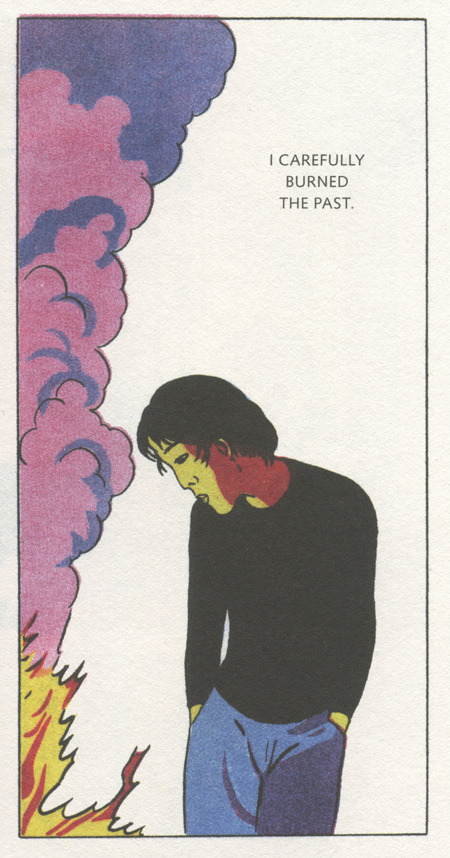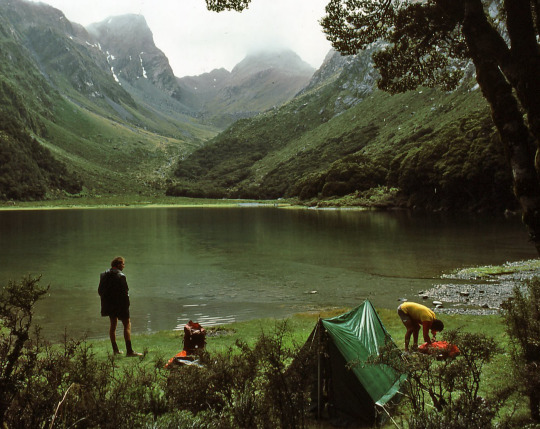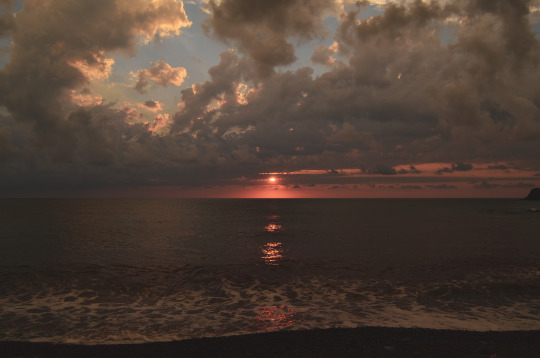Photo

Seiichi Hayashi, from “Dwelling in Flowers” (1972)
72K notes
·
View notes
Text
J. R. R. Tolkien, undisputedly a most fluent speaker of this language, was criticized in his day for indulging his juvenile whim of writing fantasy, which was then considered—as it still is in many quarters— an inferior form of literature and disdained as mere “escapism.” “Of course it is escapist,” he cried. “That is its glory! When a soldier is a prisoner of war it is his duty to escape—and take as many with him as he can.” He went on to explain, “The moneylenders, the knownothings, the authoritarians have us all in prison; if we value the freedom of the mind and soul, if we’re partisans of liberty, then it’s our plain duty to escape, and to take as many people with us as possible."
Stephen R. Lawhead
54K notes
·
View notes
Photo

A gorgeous lakeside spot deep in the Otago region of New Zealand’s South Island.
1979
25K notes
·
View notes
Photo

Munich Girl (1884). Theodore Clement Steele (American, 1847-1926). Oil on canvas. Indianapolis Museum of Art.
This portrait of an unknown young woman was completed when T.C. Steele was studying in Munich, Germany at the Royal Academy of Art from 1880-1885. It appears the influence of the Academy on the students is present in the painting’s dark tonality. “The youthful model’s facial features emerge from dark shadows and an unadorned background. Turned away from the viewer, the figure gazed in to the distance, exemplifying the meditative drama promoted by Steele’s Munich instructors.”
76 notes
·
View notes
Photo

Rettenbach-gorge at Ischl, 1831, Ferdinand Georg Waldmüller
288 notes
·
View notes
Photo

Moonlight winter night, 1903, Otto Hesselbom. Sweden (1848 - 1913) - Oil on Canvas -
514 notes
·
View notes











